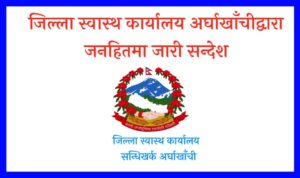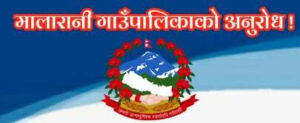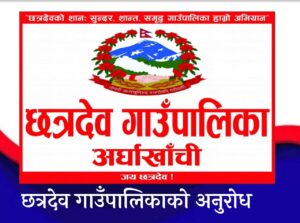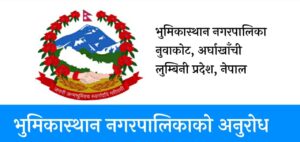17 Jul, 2020
By Abinash Chaudhary Rising Nepal
Dhangadhi, July 17: Even two decades after the abolition of the Kamaiya system of bonded labour, rehabilitation of the freed Kamaiyas remains a challenge.The Kamaiyas, who worked as bonded labourers in the houses of landlords, were declared free by the then His Majesty’s Government on July 17, 2000. At the time, the government said it would rehabilitate all the Kamaiyas within a few years. But the work still remains incomplete.
According to government statistics, there are 8,910 freed Kamaiya families in Kailali, out of which, 8,546 families have been rehabilitated but 364 families were yet to be rehabilitated till the end of fiscal year 2018/19.
However, organisations working in this field claim that 380 families, 187 with government identity cards and 193 who have received the land ownership card but not the actual land, are yet to be rehabilitated.
They claim that the entire problem of rehabilitation still lingers on because the past state mechanism was uninterested in the issue while the new state structure lacks the resources to make huge leaps. In fact, the matter has only become more complicated ever since it was handed over to the local levels.
Pashupati Chaudhary, chairman of Freed Kamaiya Society, said that no rehabilitation work was carried out in the last fiscal year because of a lack of mechanism at the local levels.
Kamaiyas awaiting resettlement are living in camps at Milanpur in Kailari Gaunpalika, Ektanagar in Lamkichuha Municipality, Shivanagar in Tikapur Municipality and Geta Medical College in Godawari Municipality. The government has also cancelled the identity cards of 173 people saying that they did not come in contact.
“We demand that the cancelled identity cards be revalidated and all freed Kamaiyas be rehabilitated as soon as possible,” said Chaudhary. “We are calling for the formation of a state level commission, district level committee and local level mechanism.”
In an effort to solve the problem, the government has twice collected data of the freed Kamaiyas and a sub-committee for the rehabilitation of freed Kamaiyas and Haliyas was also formed under the leadership of Hari Sripaili, a member of the first constituent assembly, which submitted its report to the government in 2009. But Sripaili himself has been alleging that the state is not serious on the matter.
Moreover, the Kamaiya families who missed registering their names during the data collection are facing additional hardships as they have no proof of their Kamaiya status. They are currently living on government land in Radhakrishna Basti and Basanta Tole of Dhangadhi Sub-Metropolitan City.
“Rehabilitation is a far cry for us who have not even received an official identity card,” said Bajari Chaudhary living in Radhakrishna Basti. “On the contrary, the ward office has been trying to evict us from this land.”
Struggle for existence
In addition to lacking rehabilitation, the freed Kamaiyas also do not have jobs because of which they are struggling to make their ends meet. Chairman Chaudhary said that the lockdown and COVID-19 had compounded their hardships. “Kamaiyas have to work to feed their families. The pandemic has made work uncertain and thus, food has also become uncertain,” he said.
He added, “The rehabilitated Kamaiyas were also only given a shelter. For employment, they have to work as daily-wage labourers. The coronavirus not only took the jobs away at home but also forced those who had gone to India for work to return.” Rising Nepal





